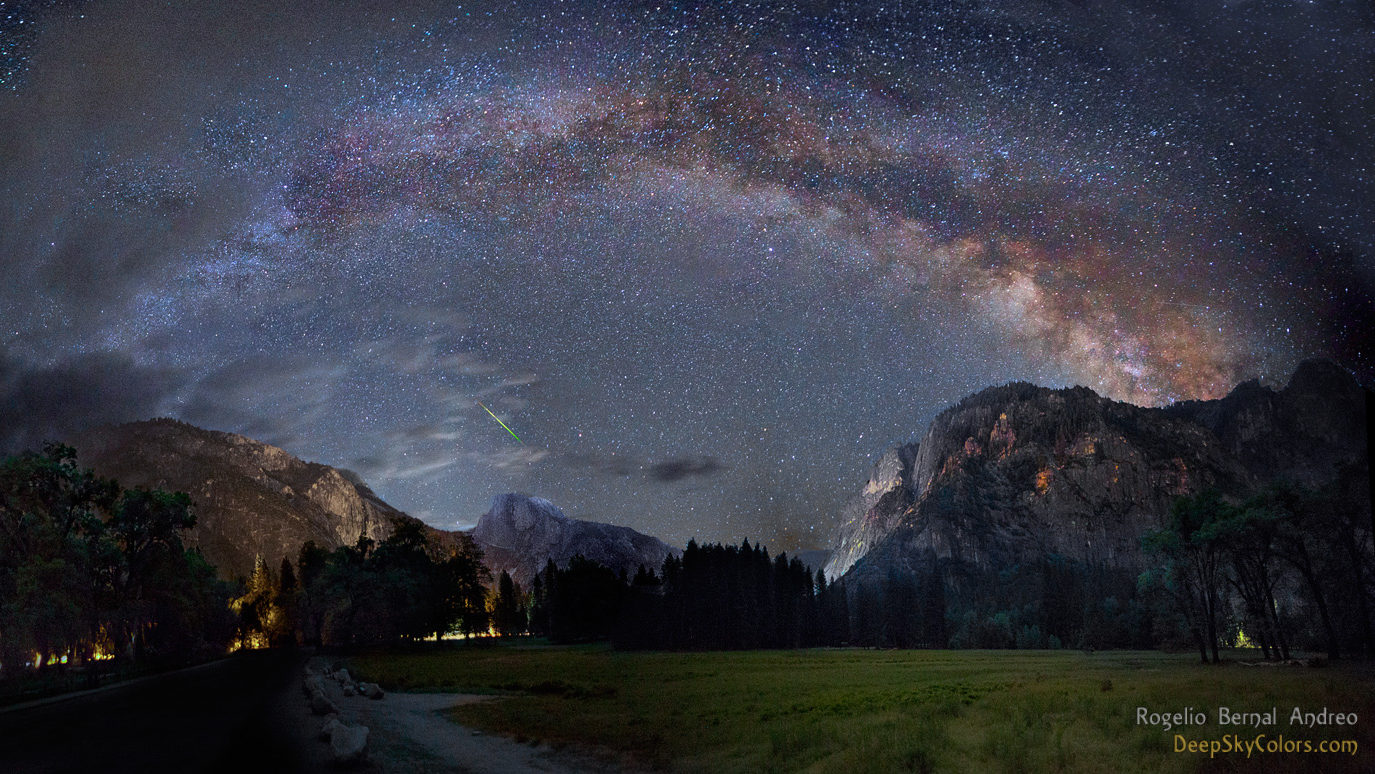TEC 140 vs. AP 140 Refractor Shoot Out
By Daniel Mounsey
During PATS this weekend, a friend named Evan paid me a visit and we both decided to get together after the show and compare a few of his scopes since he was nearby. Evan seems to think he doesn’t have the eyes to judge his own scopes, but I disagree. I think his eyes are just fine and he obviously has a taste for good quality scopes. He said he hasn’t been able to see much difference between the AP140 and the TEC140. I asked him if he could put the tubes outside as early as possible so they could acclimate by the time I arrived, which was about two hours. Seeing on this night wasn’t the best but I figured that since both scopes were being tested around the same time, it might be kind of fun just to try anyway. I have tested other TEC140’s on numerous occasions and have always found them to be very beautiful instruments. OTOH I have never tested an AP140 in my life nor have I ever seen one for that matter.
Technical stats:
AP140 F-7.5 1050mm
TEC140 F-7 980mm
The first thing I did notice about the AP140 is that it’s quite heavy in comparison to the TEC140. I assume, it’s because of the oversized tube. Evan explained that the tube is the same one used for the 160. I must say that the mechanical aspects of both these refractors are absolutely exquisite. Evan has a nice collection of AP SPL planetary eyepieces and an AP Maxbrite diagonal. We decided to use the 5mm SPL, which would give 210x in the AP140 and 196x in the TEC140. We conducted visual comparisons on two targets, Jupiter and Vega.
There are three issues with my review observers should be aware of, but I decided to share this comparison regardless. Perhaps some of us, myself included, may get a lesson out of this. If time allows, and others are still interested, I will try to do a follow-up review.
The first issue is that we only conducted this comparison on one night with questionable seeing conditions. The second issue is that Evan did not have a wratten #58 green filter with him and finally, the scopes were not literally set up side by side. We had to remove one tube from the mount and replace it with the other but I will try to give my best assessment based on what I saw.
Evan started with the TEC140 aimed at Jupiter. My first impression was wow! What a beautiful image! Even with the seeing still in question, Jupiter was very beautiful. There were numerous bands visible and the color saturation was very impressive. You could resolve the tans and browns etc. and light scatter still appeared at a minimum. After about 15 minutes viewing Jupiter, I then asked Evan to put the scope on Vega and once again at 196x, the image was absolutely sensational! There was just a tiny hint of false color, but I didn’t care since false color rarely fools me. I ran the star test in & out and was moved at how beautiful the rings appeared but there’s a bit more involved here because of color correction and spherical correction and this is where the wratten #58 green filter should be used for ideal results. Rings were extremely consistent on both sides of focus. I told Evan that from what I could see so far, this TEC140 was a very impressive instrument. I mentioned that I’d very much like to observe Jupiter again before it goes.
About 5 minutes later, we pointed the AP140 at Vega first, using the same 5mm SPL at 210x, which was just a bit more magnification. The AP gave quite a different star test and looked pretty under-corrected in comparison to what we’d seen in the TEC just moments before. I asked Evan to come over and have a look to see if he noticed it. He expressed that he was indeed able to see the difference during the star test. We then decided to point the AP at Jupiter and it was nice, but just did not appear to give the same contrast as the TEC140. I asked Evan to have a look to see if he could notice it and he did. They were his scopes, so I just let him be the judge. Based on this particular test, my vote was for the TEC140 but I still think this test deserves another look with two separate mounts and the two scope literally side by side. The other thing was that the AP140 had a bit more magnification and that could have also softened things up a bit.
I asked Evan if we could try an 8mm SPL instead and just drop the magnification down a bit to see if that would change anything. It’s good to experiment a bit. This would give a magnification of only 131x in the AP140 but I still couldn’t seem to notice any difference in the contrast relative to the planet. Even though my vote went for the TEC140 and I think Evan’s did as well, I felt we should not fully conclude until we gave the AP140 a fair chance on a better night to see if seeing was too much of a factor. Sometimes things can happen with the seeing where it can trick you and as I mentioned before, a side by side would be better.
I think the point of this mini review is that I still have to question what can occur during an evaluation like this and it’s interesting to see. Evan and I also tested an FS102 and an FCT100 but I’m too tired right now. I’ll share that in the 4″ apo hyper forum with a few pictures.
